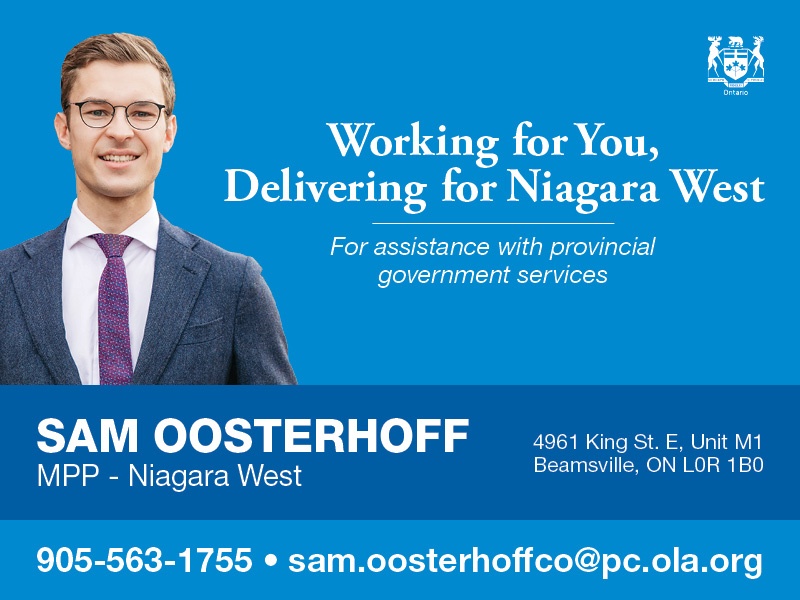Updated: The Blue Box Program in Niagara took effect as of January 1, 2024, not April 1, 2025.
In Niagara Region, the changes to the Blue Box Program took effect on January 1, 2024. Since that date, producers (the businesses that supply packaging and paper to residents) have been fully responsible for collecting and recycling blue box materials in Niagara. The transition was part of the province wide shift to an Extended Producer Responsibility (EPR) framework, and Niagara Region no longer manages curbside recycling collection.
The changes, which are Ontario-wide, are expected to save municipalities millions of dollars per year, since municipalities were previously responsible for paying about 50 per cent of the costs for the province’s blue box program.
Producers, the organizations which produce products and packaging, were responsible for paying the other 50 per cent of program costs, but will now be 100 per cent responsible for operating and funding.
Niagara Region’s blue box program is now operated by Circular Materials Ontario rather than local government.
However, there will be minimal changes to the blue box program for Niagara Region residents for the time being. For the foreseeable future, pickup dates and permitted items allowed in blue boxes will also stay the same.
The biggest change for residents for now is that local government no longer deals with complaints or inquiries about services or the replacement of blue boxes.
In Grimsby, Lincoln, Pelham, Thorold, Wainfleet, and West Lincoln, blue box distribution will now be managed by GFL Environmental. In Fort Erie, Niagara-on-the-Lake, Niagara Falls, St. Catharines, Port Colborne, and Welland, blue box distribution will now be managed by Miller Waste Systems.
Niagara Region will maintain curbside collection of garbage, bulk garbage, organics (green bin), leaf and yard waste, and recycling collection from businesses.
Circular Materials says that the new program ensures “extended producer responsibility.”
The organization says, “Extended producer responsibility makes the businesses that sell products and packaging responsible for them over their full life cycle. This encourages companies to make more careful decisions about the materials they use in their packaging and products, and it holds them responsible for the cost of recycling those products at the end of their life.”
Circular Materials adds that the new system helps to create a “more circular economy where materials are collected, recycled, and returned to producers for use as recycled content in new products and packaging,” which “means less waste.”
While there are not too many changes to Niagara Region’s recycling right now as a result of this transition, Circular Materials may be making changes to municipal blue box programs starting Jan. 1, 2026.
Those changes could include moving the city to a single-stream system or changing pickup from weekly to biweekly collection.
Circular Materials will be responsible for informing residents of any changes.
The new system also comes with criticism, particularly from the Retail Council of Canada (RCC).
RCC spokesperson Michael Zabaneh says that the current model involves four competing Producer Responsibility Organizations, which leads to “significant inefficiencies and high costs.”
Without change, RCC says that the recycling system will cost upwards of $740 million annually which is more than double current expenses – a cost which could end up being passed on to consumers.

Jay Goldberg is the Ontario Director at the Canadian Taxpayers Federation. He previously served as a policy fellow at the Munk School of Public Policy and Global Affairs. Jay holds a Ph.D. in Political Science from the University of Toronto.






